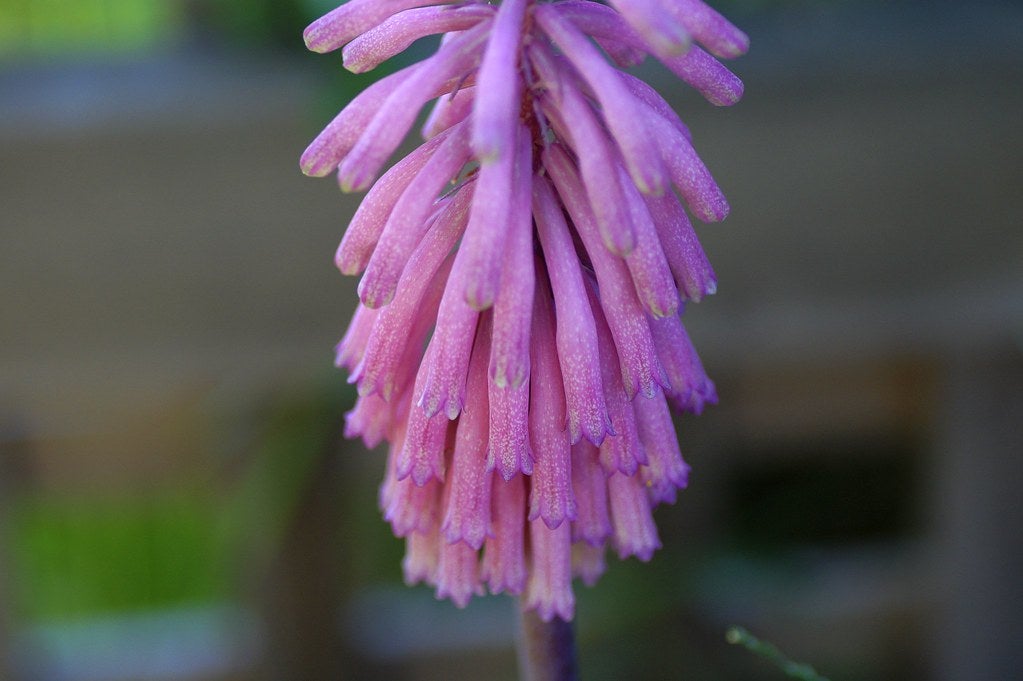Facts On Veltheimia Plants: Learn About Growing Forest Lily Flowers


Veltheimia lilies are bulb plants very different from the regular supply of tulips and daffodils you’re accustomed to seeing. These flowers are native to South Africa and produce spikes of pinkish purple, drooping, tubular flowers atop long stems. If you’d like to learn more about Veltheimia plants, read on.
Facts on Veltheimia Plants
Veltheimia lilies are bulb plants of the cape of Africa. They look quite different from other bulb flowers. Those differences have earned them a variety of common names including winter Veltheimia, forest lily, sand onion, sand lily, red hot poker, and elephant's eye.
Different species of Veltheimia lilies bloom at different times. Forest lilies (Veltheimia bracteata) bloom in the late winter or early spring, while Veltheimia capensis blooms in autumn and winter.
They are most often called forest lily or cape lily. That’s because their native habitat is the Eastern Cape Province in South Africa where they grow in forested coastal scrub areas. Forest lily bulbs first produce foliage, a rosette of elongated, strappy green leaves. In late winter or early spring though, forest lily flowers appear.
Forest lily flowers grow on tall reddish stems that can rise several feet (up to 1 meter) tall. The flowers are at the top in a dense, elongated spike of pink flowers. The flowers are shaped like small tubes and droop, not unlike the red hot poker plant flowers most are familiar with.
Growing Forest Lilies
If you would like to start growing forest lilies outside, you’ll need to live in USDA plant hardiness zones 8 through 10. In cooler zones, you can grow them indoors as houseplants.
Plant the bulbs in late summer, August at the earliest, in well-draining soil. All forest lily bulbs should be planted shallowly, so that the top third of the bulb is above the soil. If you plant them outside, just leave them alone until they start growing.
Sign up for the Gardening Know How newsletter today and receive a free copy of our e-book "How to Grow Delicious Tomatoes".
For those growing forest lilies as houseplants, position the container in a cool, shady location and don’t water much. When growth appears, move the bulbs to an area with filtered sun.
The basal leaves can spread to 1 ½ feet (46 cm.) wide, and the stem can rise to 2 feet (61 cm). Expect your forest lily bulbs to bloom in winter to early spring. By summer, they go dormant, then start growing again in autumn.

Teo Spengler is a master gardener and a docent at the San Francisco Botanical Garden, where she hosts public tours. She has studied horticulture and written about nature, trees, plants, and gardening for more than two decades, following a career as an attorney and legal writer. Her extended family includes some 30 houseplants and hundreds of outdoor plants, including 250 trees, which are her main passion. Spengler currently splits her life between San Francisco and the French Basque Country, though she was raised in Alaska, giving her experience of gardening in a range of climates.